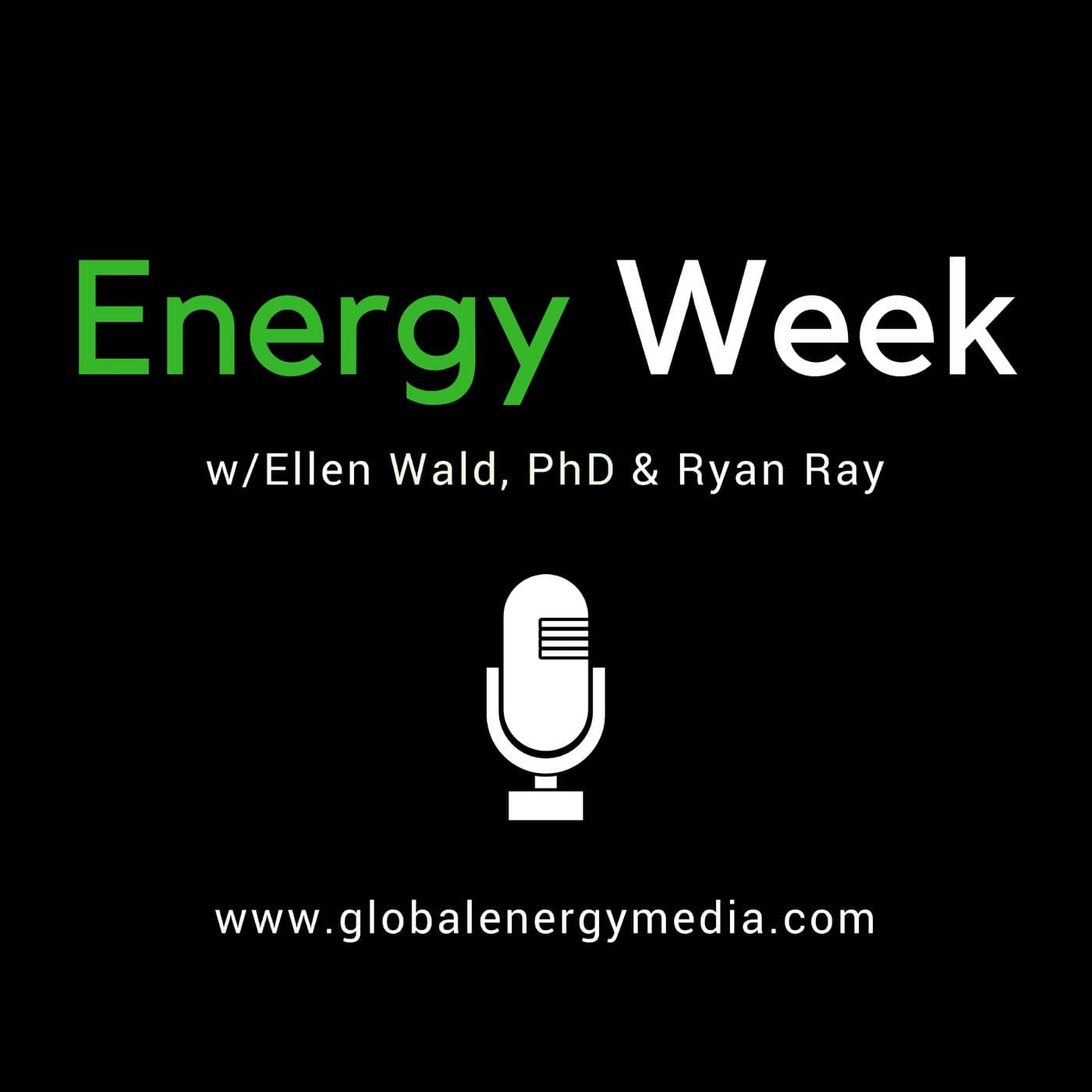Miscellaneous
Special Guest Texas Railroad Commissioner Christi Craddick- Meeting at 9:30 am CT (10:30 am ET). Will discuss proration. Will be first vote we will take on this issue.- Only been talking about this for the first time in 50 years- Continue to have the conversation on proration- Will likely see TRRC not do pro-rationing on May 5- Doesn’t make a lot of sense with how fast the market has moved- Legal background and legal aspects: being lawsuit proof is important because if it goes to court then it doesn’t help anyone.- Definition of waste is up to commissioners.- Role of history: Looked to people who had been around the last time TRRC did prorationing in 1960s and early 1970s. But things have changed - especially administrative procedures. Market has also changed. OK and TX basically were the US market in 1973, now its very different. Much more diverse market, even within the state.- All of commissioners have had conversations with other oil producing states and even Canada. Fed gov is actually second largest producer. Texas shoudln’t go it alone, need to do this with other states. Biggest challenge is that don’t want to disadvantage Texas over other markets.- Providing regulatory certainty. Not picking winners and loser, allowing market to take precedence and correct itself.- Permits off 60% in a month. Regulatory body needs to watch what market is doing and engage if market isn’t correcting itself.- From a commission perspective important priorities are making sure industry is still a round and people still have jobs. Started by looking at regulations and rules that could be waived, without impacting environment that could help and could protect jobs.- Biggest question: How does it really protect someone? Could proration put a floor on price of oil? Texas produced about 4 million bpd, though not probably down by 1 million. Don’t want to disadvantage anyone or prevent oil recovery. Use production numbers from Dec 2019 and cut 20% from there? Someone emailed to say that this would disadvantage. Cut 60% and now will have to cut another 20% would disadvantage people who are still in the market and see opportunity. Also concern to disadvantages in midstream and downstream.- There is pipeline capacity, refinery capacity, Asia opening and people selling overseas. There is opportunity.- Citizen’s rights and mineral owners: Companies are looking to readjust leases. Hearing that mineral owners don’t want companies to drill at today’s prices and would like companies to wait and leases are being renegotiated and extended. Companies are trying to extend leases.- Role of TRRC going forward: when the industry is in a deep need to have more inspectors on the ground. Have a well-plugged program and will inherit some wells that will need to be plugged. In the future, hopefully this is a short-term (a year or 2 years). Opportunity to assess rules and regulations and continue to have conversations, work on best practices and be ready for the next piece. Rules are in place but that TRRC isn’t preventing innovation. Many people have called about storage opportunities and innovating ways to store oil. Will look at waiving some regulations, but could set up more storage in Texas to be complementary to Cushing. Certainty is important with regulation so that people can make investments for the future.- If I believed that prorationing would have kept anyone’s job, I would have done it. Prorationing wouldn't have helped anybody, in the short-term or the long-term. The market is taking care of itself. This is what this economy and this country are about.Seems like Ryan Sitton backed down. Mind wasn’t changed.Is the market overly optimistic about demand return?Role of public transportation in demand: Beijing- how many more cars could they even put on the road? Maybe get more scooters, tiny electric vehicles. Is that even logical or logistical?https://www.reuters.com/article/us-iraq-oil/iraq-faces-problems-cutting-1-million-bpd-of-crude-output-sources-idUSKBN22C3OG

